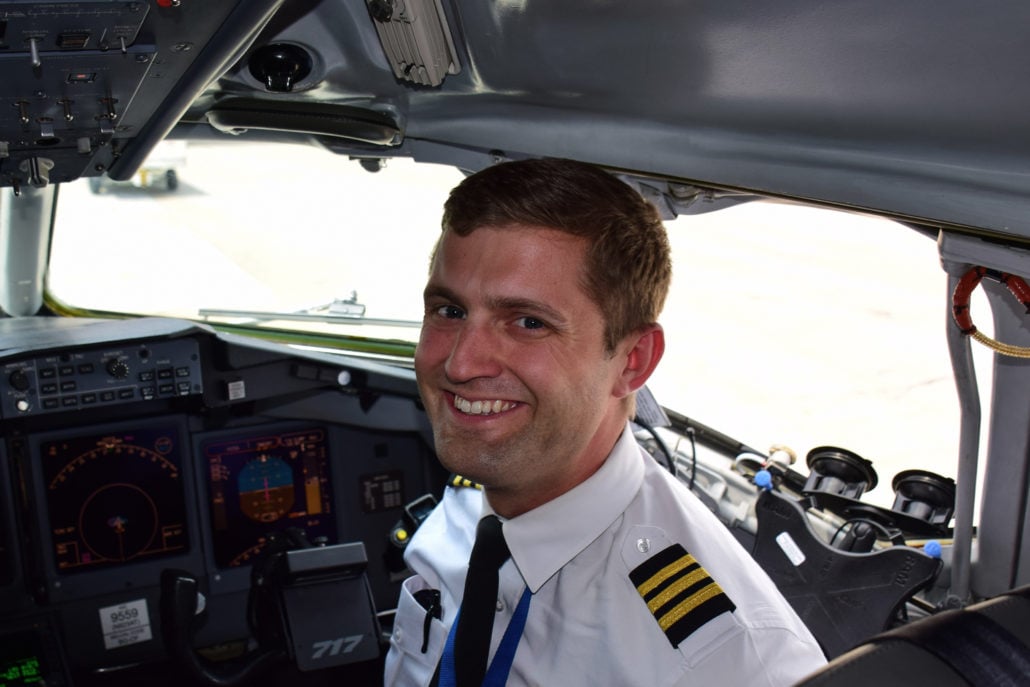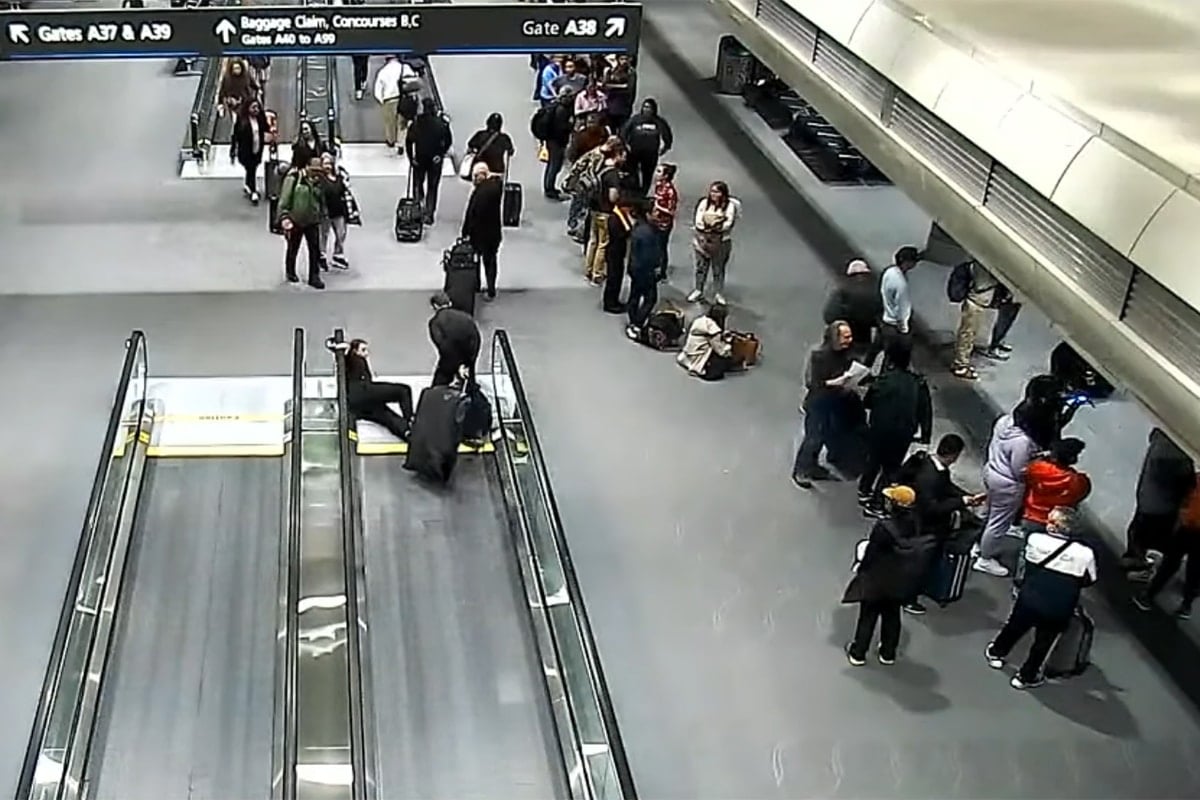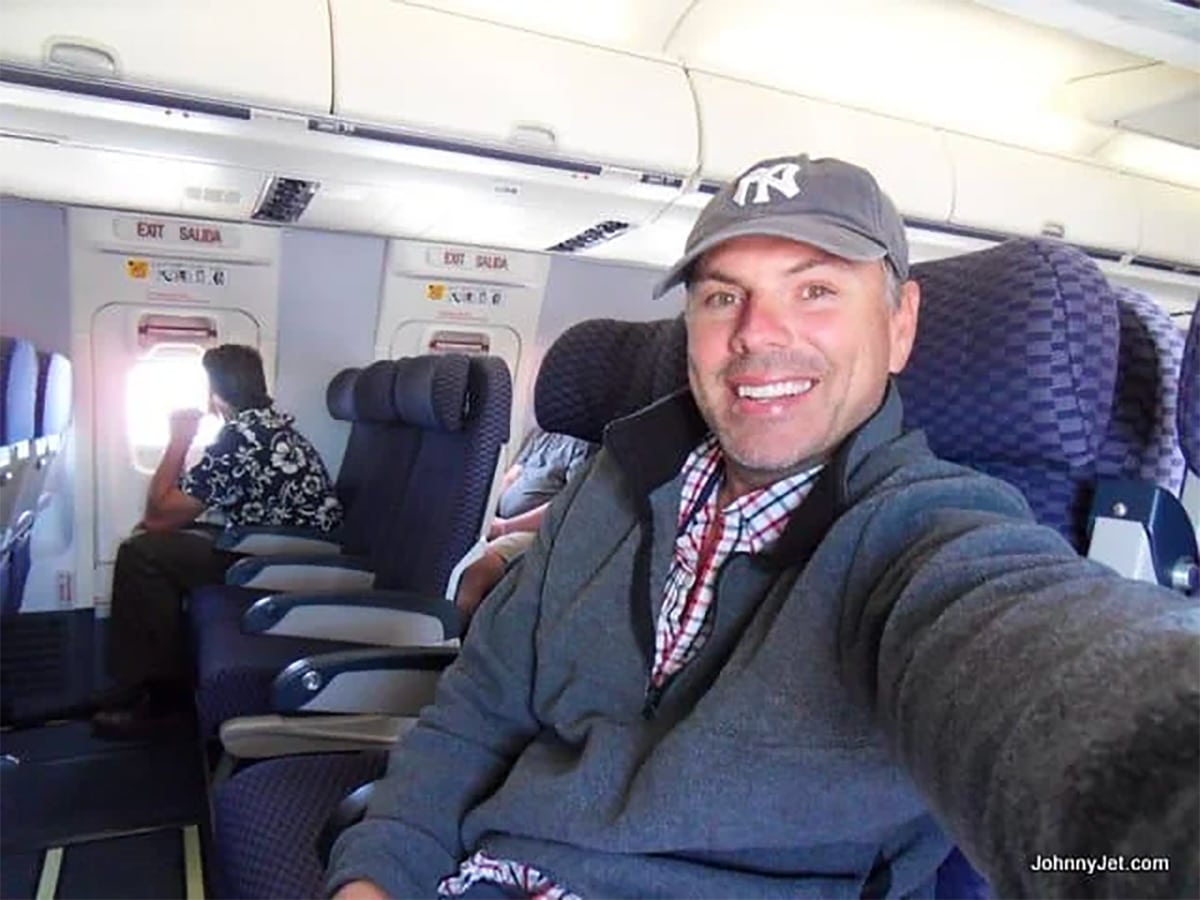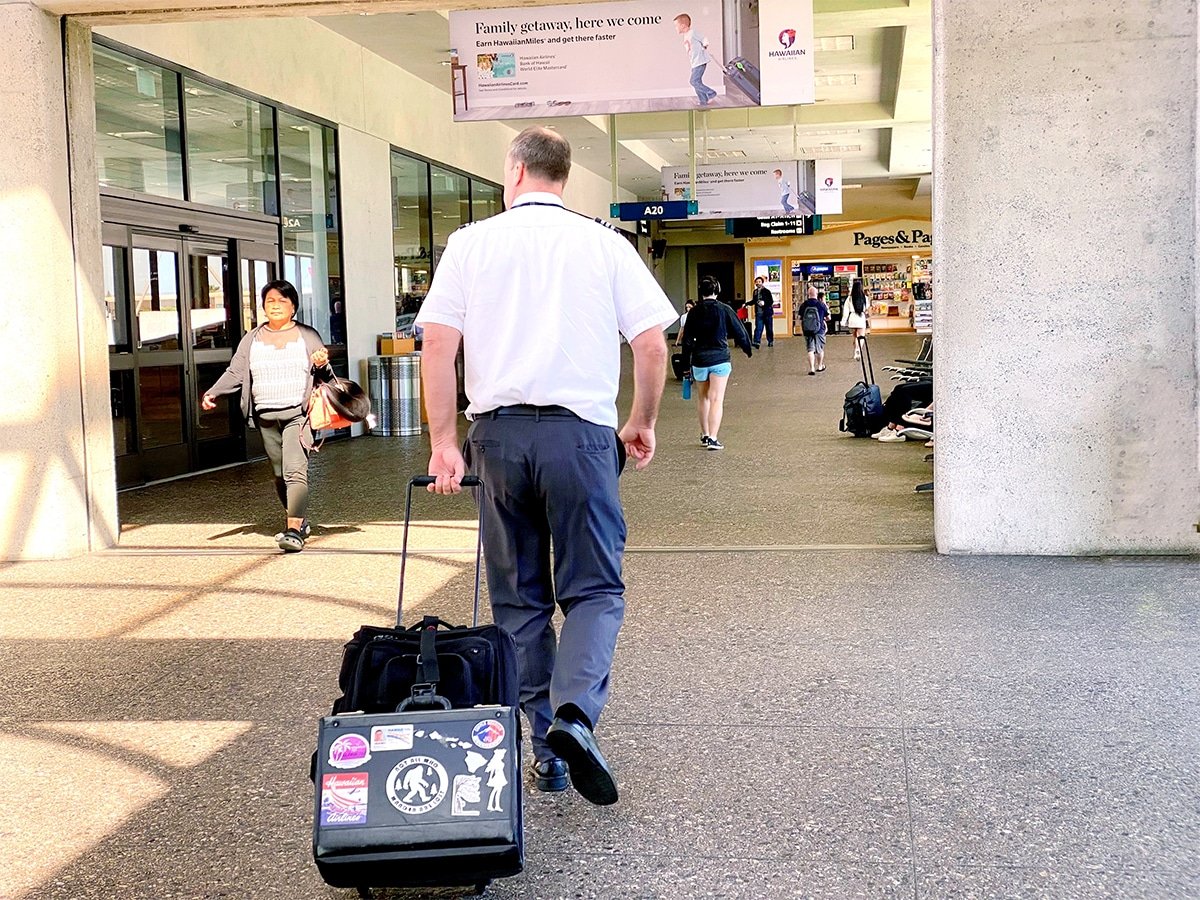
In our Ask a Pilot series, pilot Spencer Marker answers one of your aviation-related questions each week. See past installments here and submit your own to whitney@johnnyjet.com.
The “question”
This last week as I was navigating my airplane through a day of snowy weather that dumped on the upper Midwest, a classic Christmas song came to mind: “Well the weather outside is frightful…”
And even though the weather this time of year can become truly frightful, flight crews worldwide are flying the skies to ensure that you, your family and Santa’s gifts can arrive for the holidays safely and on time. Winter weather also brings about the need for aircraft de-icing. So before the Christmas travel season kicks into high gear, I thought I’d shed a little light on what de-icing is, and why it’s important.
The “answer”
Why do we de-ice?
Winter weather brings about snow, ice and pretty much every other form of frozen precipitation in between. As a pilot, this slippery precipitation can bring about the same challenges drivers face when driving in the snow.
However, when the snow start falling, pilots have an additional responsibility to ensure that no ice or snow is sticking to the airplane. The reason lies in the aerodynamics. Wings develop their maximum amount of lift when the surface is smooth and free from contamination (this is what pilots call snow and ice buildup). When ice builds up, it disrupts the smooth airflow over the wing. The result is a degradation in lift, a fundamental component of flight. In addition, snow and ice can add extra weight to the airplane, resulting in a longer than expected takeoff roll.
De-icing
So what do we do? When a pilot finds frozen contaminants adhering to the aircraft, they make sure the aircraft is de-iced before departure.
Aircraft de-icing usually occurs in one or two steps. The one-step process is used when no precipitation is falling. This includes airplanes that have been left out in the snow or one that has developed frost from sitting out overnight.
The one-step process employs a mixture of glycol (like anti-freeze in your car) and water. We call this “Type I” fluid. This fluid is used primarily for de-icing, or clearing frozen contamination that has already adhered to the airplane. Type I fluid is orange in color and applied all over the airplane from a hose in trucks built for this job.
And while the fluid’s vapor isn’t toxic, pilots switch off the air conditioners while the airplane is getting sprayed. This prevents residue from the de-icing process from entering the cabin through the air conditioning system. In doing so, the cabin can get a little stuffy (de-icing fluid smells a little like maple syrup).
If there is precipitation falling, we must go one step further.
Anti-icing
The two-step process includes the spraying of Type I fluid to clear contaminants already stuck to the airplane, but also includes an anti-icing step. For anti-icing, most domestic US airlines employ “Type IV” fluid. This fluid contains a higher concentration of glycol and makes the freezing point of the wing well below 32º Fahrenheit, or 0º Celsius. This means falling snow or ice can’t accumulate on the wing.
Type IV fluid is sprayed on the airplane in the same manner as Type I, but it is green in color and much thicker. (Some say it has the consistency of Jell-O. I’m not sure as I have never intentionally touched it.) This allows the fluid to stay attached to the wing on the ground and during takeoff, but slide off as the airplane lifts off. From that point on, the airplane’s onboard anti-icing equipment takes over.
This anti-icing step gives pilots a window of time where snow and ice won’t build up on the airplane. We call this a “holdover time” and it is calculated based on temperature, precipitation intensity and the type of precipitation that is falling. Once a holdover time has elapsed, pilots are not allowed to take off without going through the de-icing process again.
To sum up
During the holiday season, as in every season, the goal of every flight crew member is to get you to your destination safely, on time and with a smile on your face. Flying during the winter presents certain operational challenges to an airline and its employees. And while most of these go unseen, de-icing will always be one task we do that is easily visible to our customers, and vital to safety during this time of year.
If you have a burning aviation question or if there’s something you’d like cleared up, drop us a line at Whitney@johnnyjet.com to get your question featured in an upcoming “Ask a Pilot” column.
Happy holidays and tailwinds,
—Spencer







